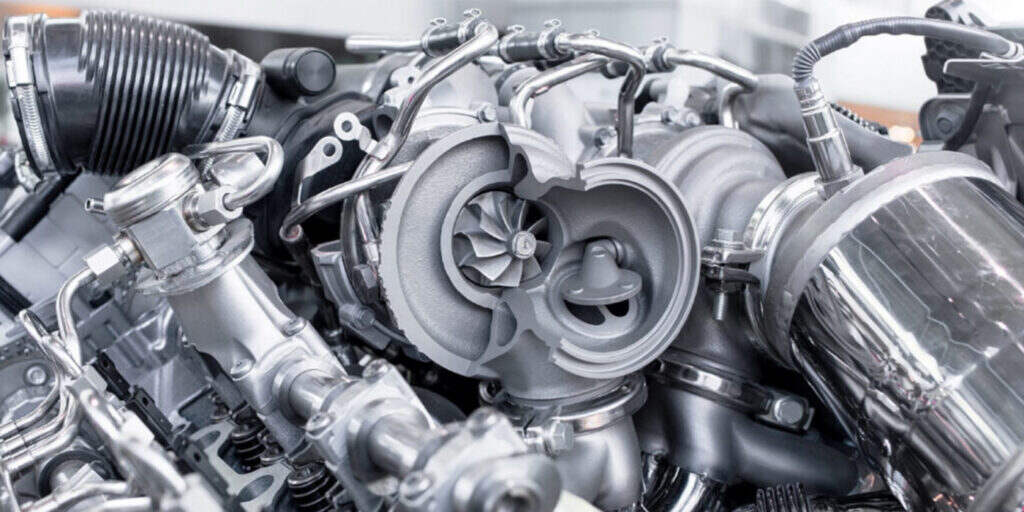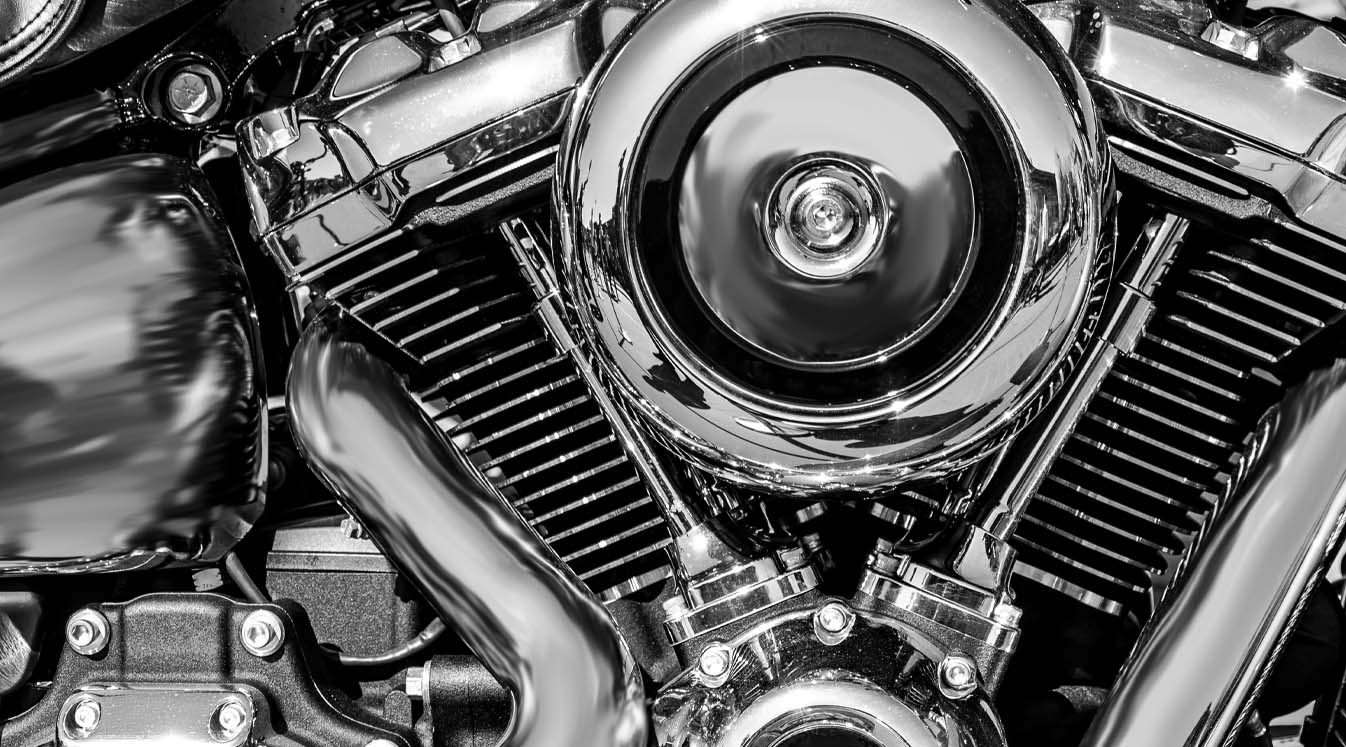Discover Top-Quality Engines for Africa at Our Reputable Car Parts Shop
Discover Top-Quality Engines for Africa at Our Reputable Car Parts Shop
Blog Article
The Mission for Ultimate Driving Power: Investigating the Peak of Engine Efficiency and Technological Developments in the Automotive Field
In the realm of automotive engineering, the pursuit of maximum driving power has been a ruthless quest that has unfolded with the evolution of engine layout and the integration of innovative innovations. From the thorough craftsmanship of burning engines to the rapid developments in electrical propulsion systems, the vehicle industry stands at the cusp of a new period identified by unprecedented efficiency capacities. As scientists and designers dive much deeper right into the worlds of computational fluid dynamics and explore ingenious fuel modern technologies, the horizon of possibilities broadens significantly. Keep tuned as we untangle the intricate tapestry of technological innovations that are shaping the future of automotive power and performance.
Evolution of Engine Design

Moreover, the integration of turbocharging and supercharging innovations has actually transformed engine style by enhancing power without dramatically raising engine dimension. These forced induction systems compress the intake air, permitting even more fuel to be ignited, thereby creating better power output from a smaller sized engine. This development has actually been particularly essential in enhancing the performance of smaller sized variation engines while preserving fuel effectiveness criteria.

Performance-Enhancing Fuel Technologies
The application of innovative fuel modern technologies has actually considerably added to enhancing engine efficiency in modern-day lorries. From standard gas and diesel to ingenious biofuels, synthetic fuels, and hydrogen, the auto sector is observing a change in gas options. Biofuels, obtained from eco-friendly resources like algae, sugarcane, or corn, offer reduced emissions and boosted engine effectiveness. Artificial fuels, created with chemical processes, provide high octane rankings, improving power result. Hydrogen fuel cells, although still in the onset of fostering, show fantastic promise as a result of their zero-emission nature and possibility for high performance. Additionally, fuel additives and detergents are being formulated to tidy engine elements, optimize burning, and decrease friction, therefore improving overall lorry performance. With ongoing r & d, the pursuit for the ultimate driving power proceeds, as engineers strive to open the full capacity of performance-enhancing fuel modern technologies in the automotive sector.
Developments in Electric Propulsion
Substantial strides in electrical propulsion innovation have transformed the automotive market, paving the means for a new age of efficient and sustainable transportation. Electric cars (EVs) are obtaining popularity due to their environmental benefits and innovations in battery innovation, making it possible for longer driving arrays and shorter charging times. Makers are investing greatly in study and growth to enhance the efficiency of electric propulsion systems, concentrating on enhancing power output, improving power efficiency, and reducing general weight.
One significant advancement in electric propulsion is the advancement of innovative electrical motors that supply greater torque and power density, resulting in enhanced acceleration and total driving performance. In addition, regenerative braking systems have been fine-tuned to catch and keep energy during slowdown, further increasing the effectiveness of EVs.
In addition, the combination of clever technologies, such as expert system and predictive analytics, is enhancing the administration of electric propulsion systems, making sure optimum efficiency under various driving problems. These advancements in electrical propulsion are improving the automotive landscape, driving the market in the direction of a more lasting and energized future.
Effect of Computational Liquid Characteristics
With improvements in electric propulsion pushing the borders of vehicle innovation, the combination of Discover More Here Computational Liquid Characteristics is playing you could try here a crucial function in enhancing aerodynamic efficiency and enhancing overall effectiveness in vehicle layout. Computational Liquid Characteristics (CFD) entails the use of computer simulations to examine the flow of air around a car, allowing engineers to anticipate exactly how layout adjustments will impact the rules of aerodynamics without the need for expensive physical prototypes. By accurately modeling air flow patterns, CFD enables the improvement of car forms to minimize drag, enhance cooling, and improve security.
One secret benefit of using CFD in lorry layout is the capability to repeat swiftly, checking out many style variations to recognize the most aerodynamically effective services. This iterative procedure leads to lorries that are not just sleeker and more visually attractive but also much more fuel-efficient and eco pleasant. In addition, CFD allows designers to optimize air movement around components such as radiators, engine bays, and wheel wells, adding to boosted performance and total driving experience. Finally, the combination of Computational Liquid Dynamics represents a considerable advance in the quest for supreme driving power and effectiveness in the auto market.
Future Patterns in Engine Innovation
In the dynamic landscape of automotive engineering, cutting-edge innovations are shaping the future trajectory of engine innovation. The future of engine design is noted by a solid focus on performance, efficiency, and sustainability. Producers are progressively concentrating on creating engines that not only deliver why not try these out high power results but likewise prioritize environmental responsibility by improving and reducing exhausts fuel effectiveness.
One popular pattern in engine innovation is the increase of electrification. Crossbreed and electrical powertrains are acquiring traction as feasible alternatives to standard combustion engines. These modern technologies provide the possibility for considerable reductions in carbon emissions and enhanced energy performance, aligning with international efforts to combat environment adjustment.
Moreover, improvements in products scientific research and production strategies are enabling the manufacturing of lighter and more long lasting engine elements. This change towards lightweight products such as carbon fiber and aluminum alloys adds to boosted performance and gas economic situation.
Conclusion
In conclusion, the search of supreme driving power in the auto industry remains to drive developments in engine layout, gas technologies, electric propulsion, and computational liquid characteristics. The development of these modern technologies is forming the future of engine innovation, leading the means for extra effective and efficient vehicles (engines for africa). As the industry remains to press the limits of what is possible, we can expect to see much more revolutionary growths in the pursuit for peak efficiency
One of the vital milestones in engine style evolution is the transition from traditional carbureted engines to contemporary fuel-injected systems. By exactly metering the gas shipment to each cylinder, fuel-injected engines enhance burning, resulting in far better performance and lowered environmental effect.
Furthermore, the combination of turbocharging and turbo charging innovations has actually reinvented engine layout by boosting power without substantially boosting engine size (engines for africa).The application of advanced gas innovations has dramatically added to enhancing engine efficiency in modern automobiles. Additionally, gas ingredients and cleaning agents are being formulated to tidy engine parts, maximize burning, and minimize friction, thus improving general lorry efficiency
Report this page